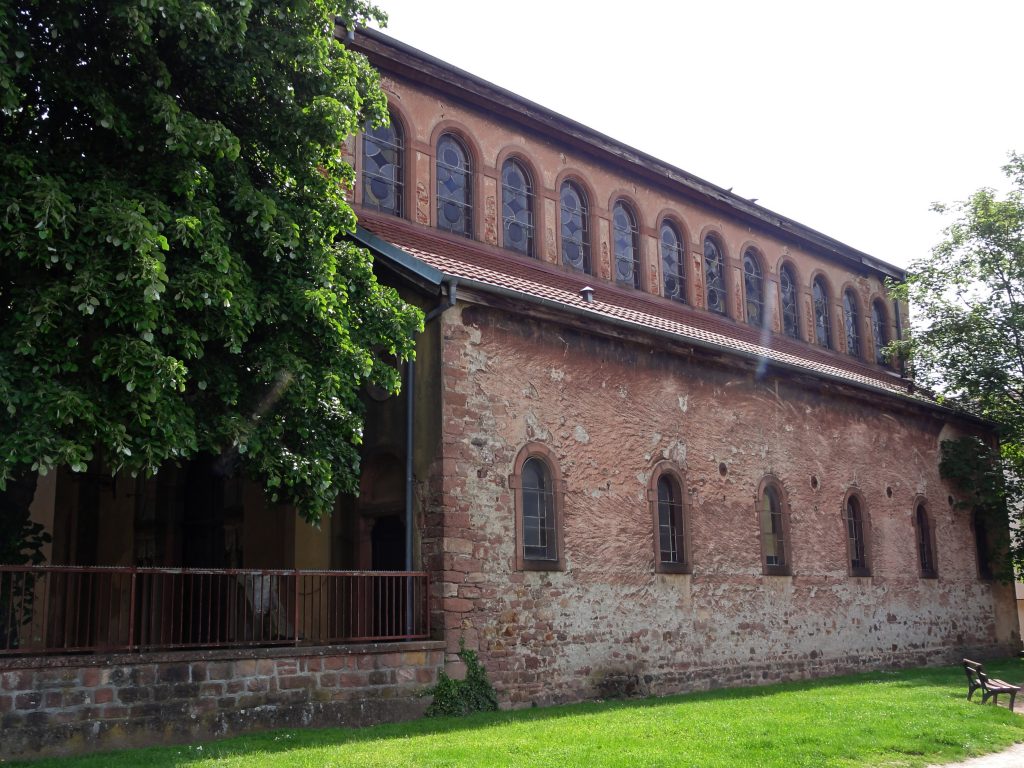The Jewish presence in Guebwiller dates back to at least the 13th century. About ten families lived there. This encouraged the inauguration of a synagogue at the beginning of the 14th century.

Nevertheless, following the persecutions of 1349, this community ceased to exist. As in other cities in the region in the following centuries, their presence was very limited and generally reserved for daytime trade.
Following the emancipation of the Jews of France during the Revolution, Guebwiller attracted Jewish families, which numbered 40 at that time, and then 80 families on the eve of the 1870 war.
Designed by Hartmann in a Roman-Byzantine style, a synagogue was inaugurated in 1872. Partially destroyed by the Nazis during the Holocaust, the synagogue was restored in 1957. The synagogue and the rabbi’s house in Guebwiller are protected as historic monuments since 1984. Major restoration work was carried out in March 2020, including the entire exterior, a gate and a new fence. The rectangular house is located at the back of the plot, on the east side.
The ten Stolpersteine installed in June 2023 in Guebwiller were cleaned by secondary school pupils on 29 April 2025, before new brass-covered paving stones were laid a month later. This initiative by a history teacher at the Grünewald secondary school in Guebwiller demonstrates a desire to teach history differently and strengthen the pupils’ civic and republican ties.
Sources : Encyclopaedia Judaica, judaisme.sdv.fr, leparisien.fr